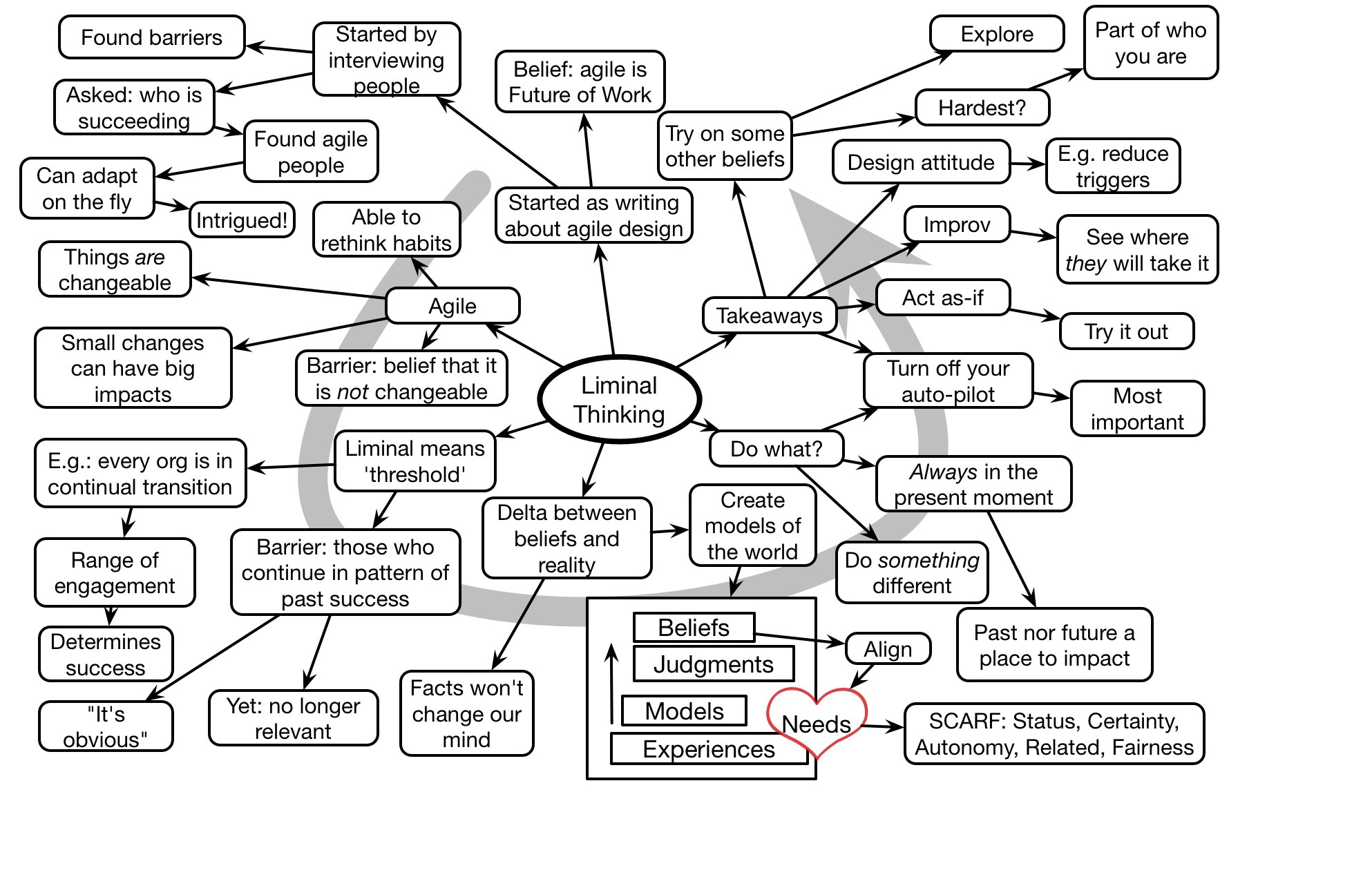A dear friend and colleague just wrote about his recent (and urgent) chemo and surgery. I won’t bore you with the details (the odds are you don’t know him), but one thing stuck with me that I do want to share.
As context, he discovered he had a rare and aggressive cancer, and this ventured into the unknown, with a sense of urgency. He fortunately had access to arguably the world’s best resources on this, but the ‘rare’ bit means that there wasn’t a lot of data:
“The treatment options were unclear because they didn‘t have enough real data to know what was most likely to work..I didn‘t know that the lack of data was so profound that intuition and personal experience, not data, would play a central role in the decisions.”
Collaboration was critical. There were two different domains in play, and they had to work and play well together. An oncologist and a specialist in the location were required to determine a course of action:
“If you‘re ever in a situation like this, having world-class experts is so critical! I could see the mental wheels turning, the quick parlay back and forth between the experts, leading to the suggestion…”
And, interestingly, his voice was an important one:
“Amazing how much the decision seemed to also rest with me, not just with the experts.”
They knew they didn’t know, and they wanted to understand his preferences. He had a voice, instead of being told what to do. If you don’t know, look for preferences.
This is what decision-making looks like when it matters and it’s new: open collaboration. This also reminds me of Jane Bozarth’s story about her husband’s situation, where again expertise and preparation matter. The details are not trivial, they’re critical.
And these situations are increasing. Whether life-threatening or not, and even with the power of data, we’re going to be facing increasingly challenging decisions. We need to learn when and how to collaborate. One person following a script (which should be automated) is increasingly less likely to be the answer. An individual equipped with models, and resources including others, is going to be the minimal necessary solution.
 One of the ongoing barriers, however, was the rolling. Really, you want to dip the tortillas in the sauce before you roll them. Diana Kennedy (early source for Comida Mexicana) says you’re supposed to dip them in sauce and then in hot oil, but it’s too messy and even more work. It really slows things down. The question was, is it necessary? Diana Kennedy had also talked about some versions used stacked tortillas, and I finally decided to try it out. I made a batch where I placed the tortillas as a layer, then layered the other ingredients (onions, meat, cheese, and napping with some of the sauce). (Put some sauce in the bottom to keep the tortillas from sticking.) I broke up the tortillas in a way that made it easy to cover. The kids complained about them not being rolled, but I loved how much faster and easier it was. And they tasted just fine. I was sold.
One of the ongoing barriers, however, was the rolling. Really, you want to dip the tortillas in the sauce before you roll them. Diana Kennedy (early source for Comida Mexicana) says you’re supposed to dip them in sauce and then in hot oil, but it’s too messy and even more work. It really slows things down. The question was, is it necessary? Diana Kennedy had also talked about some versions used stacked tortillas, and I finally decided to try it out. I made a batch where I placed the tortillas as a layer, then layered the other ingredients (onions, meat, cheese, and napping with some of the sauce). (Put some sauce in the bottom to keep the tortillas from sticking.) I broke up the tortillas in a way that made it easy to cover. The kids complained about them not being rolled, but I loved how much faster and easier it was. And they tasted just fine. I was sold.
